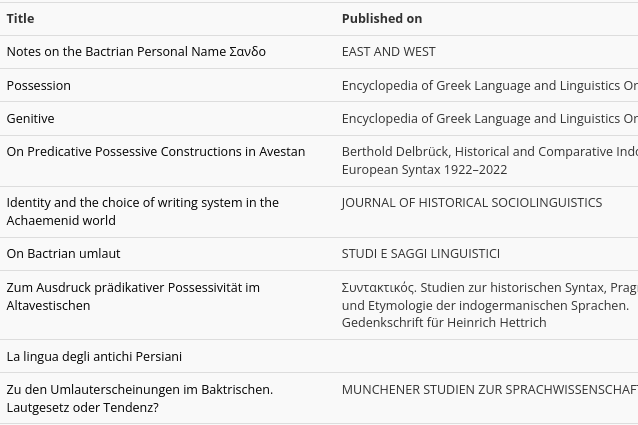Vaissière, Étienne de La. 2025. A military origin for New Persian? Acta Orientalia Academiae Scientiarum Hungaricae. Akadémiai Kiadó 78(3). 471–489.
The question of the transition from Middle Persian to New Persian has been hotly debated. This article attempts to answer two questions: who spoke New Persian before it was put into writing in the middle of the 9th c.? This social group is identified with the soldiers of the armies of Abū Muslim, i.e. peasants from Marw
Abstract
and their descendants. They came during one century to the forefront of Abbasid political and administrative life and imposed their specific dialect as a political language, in the shadow of Arabic. The second question is: what could have been the origins of the spoken language in the Marw oasis of the first half of the 8th c.? The article tries to demonstrate, on a much more tentative basis, that the demographic history of an oasis twice manned by soldiers from the South, first Middle Persian-speaking ones and then Arabic ones, both groups added to the local, Parthian-speaking population, is well reflected in the unique combination of
Middle Persian, Arabic and Parthian characteristic of Early New Persian. Early New Persian is the language of 8th c. Marw, or more generally Outer Khurāsān. This Marw hypothesis, based on the presence of Parthian vocabulary, is however very cautious, as nothing is known of the grammar of spoken late Middle Persian and many of the linguistic differences between Middle and New Persian might have evolved separately in different historical processes.





